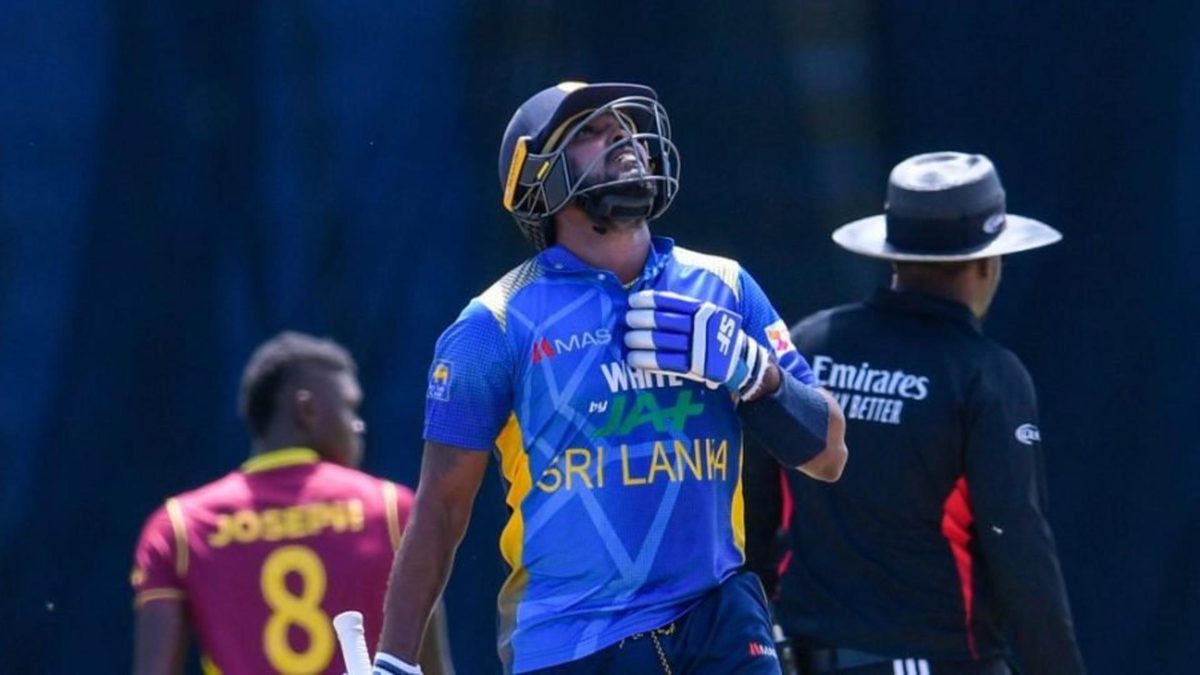
Launched last year, the ICC Cricket World Cup Super League (CWCSL) acts as the flagship qualification event in the ICC’s pathway to the 2023 World Cup. Implemented to “bring context to” ODI cricket, the tournament will determine seven of the first eight confirmed participants at the 2023 World Cup.
Subscribe to the Wisden Cricket YouTube channel for post-match awards, player interviews, analysis and much more.
How does it work?
The top seven sides (plus 2023 World Cup hosts India) qualify automatically for the World Cup, with the remaining five needing to go through the ICC World Cup Qualifier to fight it out for the last two remaining spots. As West Indies nearly found out in the 2018 competition, the World Cup Qualifier is a fiercely competitive event. At least two sides who featured in the 2019 World Cup will have to go through the Qualifier.
Each side plays eight of the other 12 teams in the competition. Each side will play eight ODI series, each three matches long, four at home and four away. Like the World Test Championship (WTC), the fixture lists are imbalanced but this time with more consequence. In the WTC, there is little jeopardy for a side given a harsher set of fixtures; in the CWCSL, there’s a very real threat of not qualifying for a World Cup.
How fair are the fixtures?
Assessing the comparative difficulty of teams’ respective fixture lists isn’t an exact science. But using the admittedly crass metric of ‘Number of series against 2019 World Cup sides’, there are discrepancies between the fixture lists of sides you’d expect to be competing over the last few automatic qualification spots.
Three of Afghanistan’s eight series are against sides who didn’t qualify for the 2019 tournament. Meanwhile, Sri Lanka have just one series against a side who didn’t participate in the 2019 World Cup. Sri Lanka face four of the top five ranked ODI sides in the world, Afghanistan face just two; Afghanistan will play the bottom three ranked sides in the competition, while Sri Lanka face just one of them. The average ranking of Sri Lanka’s opponents is 6.25, for Afghanistan it’s 7.88.
It’s fair to question whether the desire to add context to bilateral ODI cricket should have trumped the integrity of the World Cup’s qualification progress.
Who’s in danger of not qualifying?
Too early to say, but scorelines such as West Indies 3 – 0 Sri Lanka could feasibly be significant come the the end of the competition. Afghanistan and Bangladesh, two sides you’d expect to be hovering around that eighth place spot have got off to 100 per cent starts. Netherlands, South Africa and New Zealand are yet to contest a series.
Ireland have won just one of their first six games, while Zimbabwe claimed one victory in their only series so far away to Pakistan.








